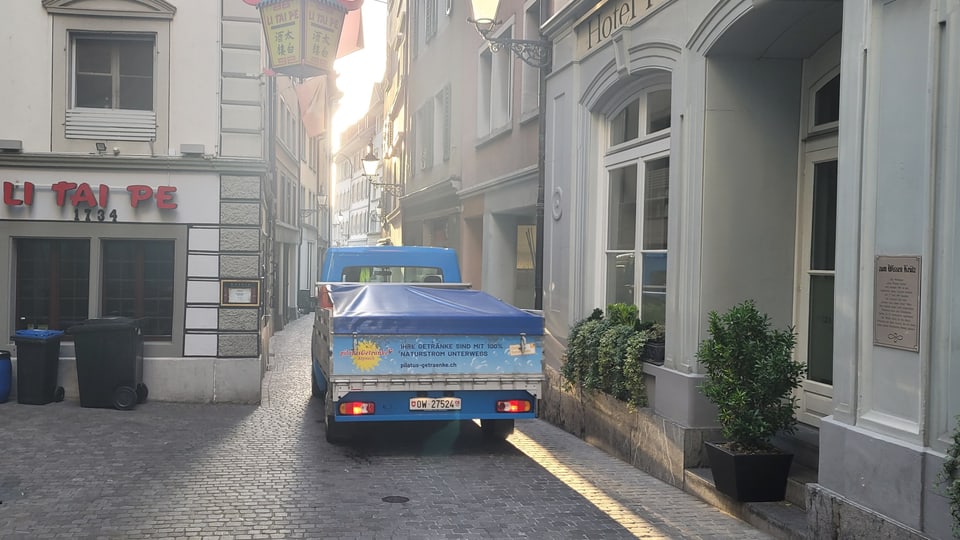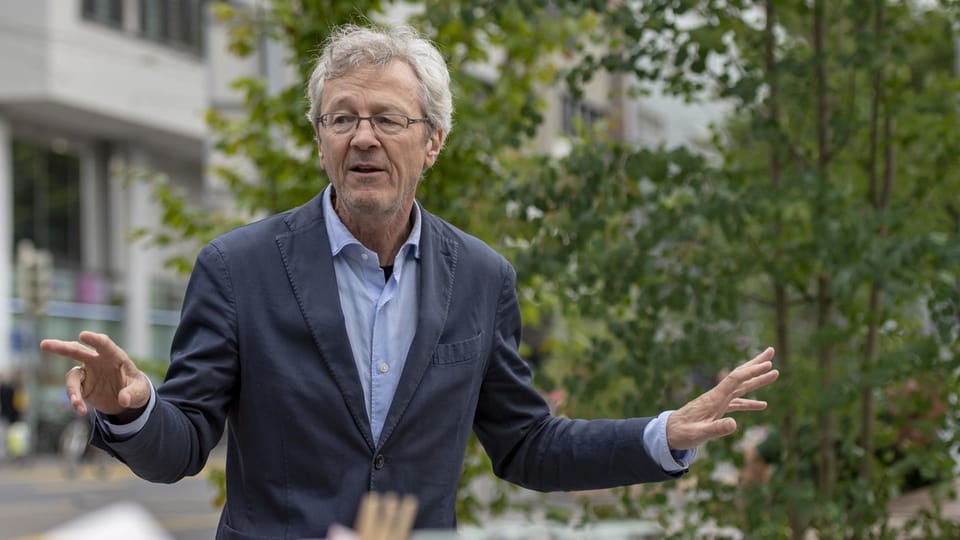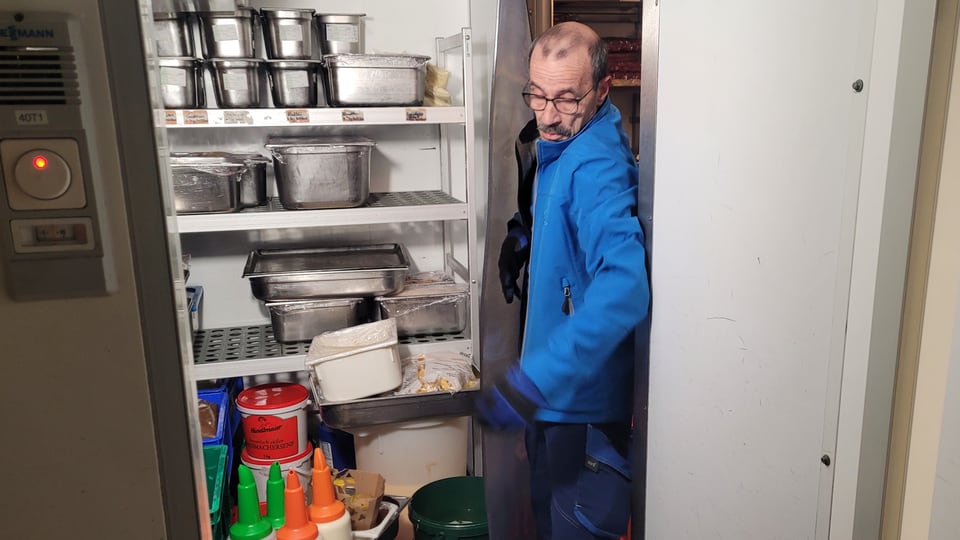Contents
Every day dozens of delivery trucks drive into Lucerne’s old town. The city government wants to change that. Not an easy task.
Markus Rast loads a hand truck with boxes full of French fries. He routinely balances the freight to a restaurant. The 63-year-old has been working as a delivery person in the city of Lucerne for almost his entire professional life.
Legend:
French fries, but also fresh vegetables: Markus Rast’s delivery truck is loaded with 1.1 tons of food.
SRF/Primus Ettlin
Markus Rast is used to delivering his goods in the shortest possible distances: “I drive like I did 40 years ago. I try to avoid zigzags.” In contrast to the 1980s, everyday working life is much more hectic today: “There used to not be that much traffic in the old town.”
More people, more consumption
This problem will become even worse in the coming years: The Federal Office for Spatial Development expects that the number of kilometers traveled by vans will increase by 58 percent between 2022 and 2050. Home office and a growing population are causing growth in private online orders, waste management or more deliveries to the catering industry, like those from Markus Rast.

Legend:
Crossing is impossible here: the entrances to Lucerne’s old town are sometimes very narrow.
SRF/Primus Ettlin
A lot of CO₂ is produced on these journeys. Markus Rast’s delivery van also has a diesel engine. This is not compatible with the city of Lucerne’s climate goals. This wants to be climate neutral by 2040. That’s why more vehicles with electric drives are needed.
The city of Lucerne does not want to subsidize change
But a fundamental change is also needed, says Environment and Mobility Director Adrian Borgula: “We have to try to combine trips, make them more environmentally friendly or avoid them altogether.” The city government therefore recently published a planning report.

Legend:
He wants greener transport of goods: Lucerne city councilor Adrian Borgula.
Keystone/Urs Flüeler
It is conceivable, for example, that Lucerne would provide transshipment points for shared transport. This means fewer, more full trucks should drive through the city. There is no provision for transport companies to receive direct financial support. For Adrian Borgula it is clear that more environmentally friendly logistics is also in the interests of the economy: “More efficient also means more cost-effective.”
“A central goods hub is an interesting scenario,” says Emanuel Renggli, managing director of Vermo AG and boss of chauffeur Markus Rast. “It is questionable whether this can be implemented.”

Legend:
The storage capacity in the old town is expensive – and therefore limited.
SRF/Primus Ettlin
It happens again and again that something is forgotten and is therefore reordered. Or food would be requested for a breakfast buffet that could not arrive until 11 a.m. “A central logistics solution requires a rethink on the part of the supplier, but also on the part of the customer,” demands entrepreneur Emanuel Renggli.
Limited storage space leads to many journeys
Markus Rast’s everyday life shows how difficult it is to change these processes: In the cold room of a restaurant, he barely squeezes an order onto the narrow shelves. “Many businesses don’t have much space, which is why I deliver to them practically every day.”
Customers order vegetables from Zurich and frozen goods from Bern – where it costs the least.
In addition, companies often order from various retailers, the supplier observes. “Customers order vegetables from Zurich and frozen goods from Bern – where it costs the least.” If fewer trucks drive into the city, it will be more expensive for companies.

